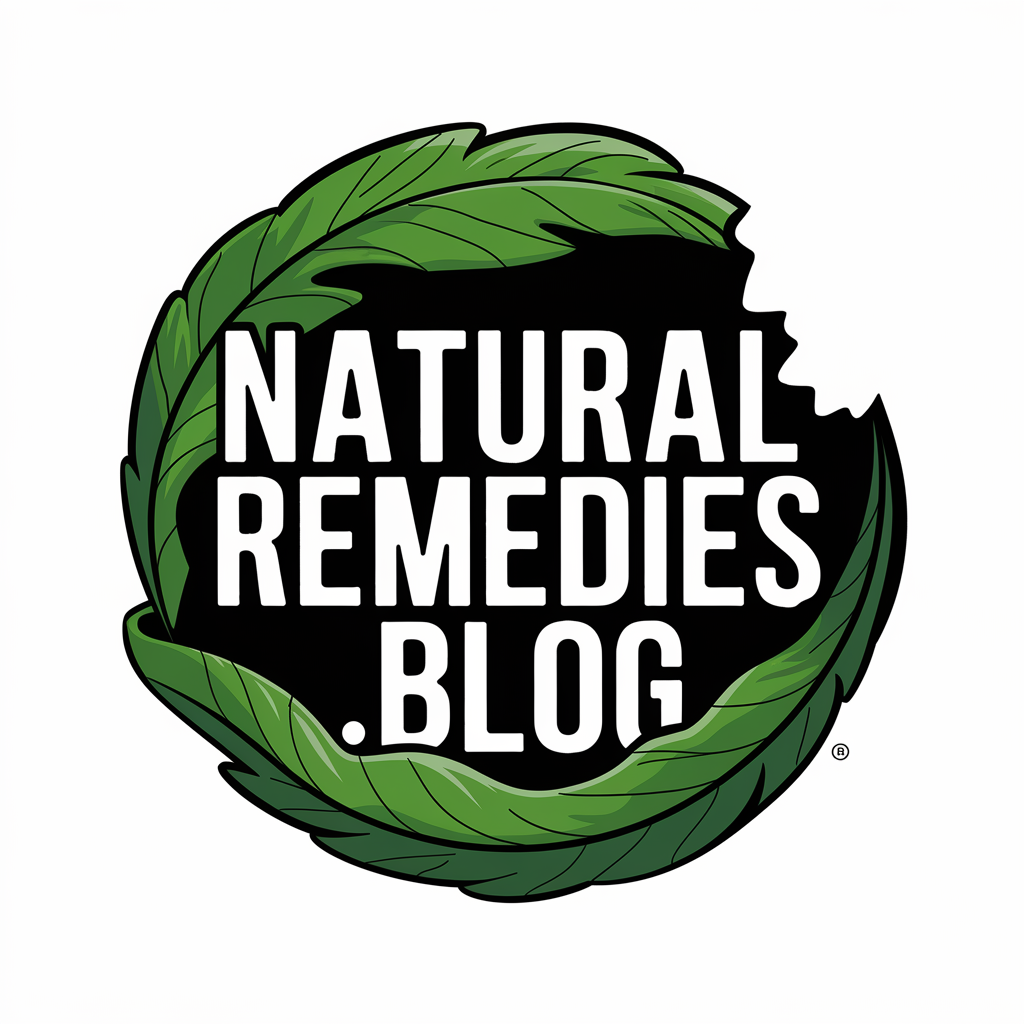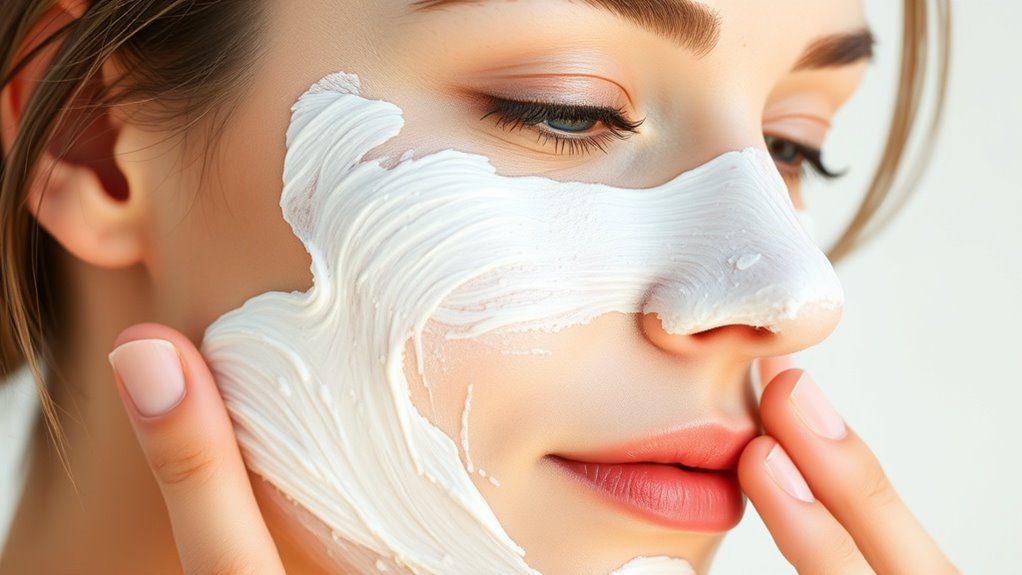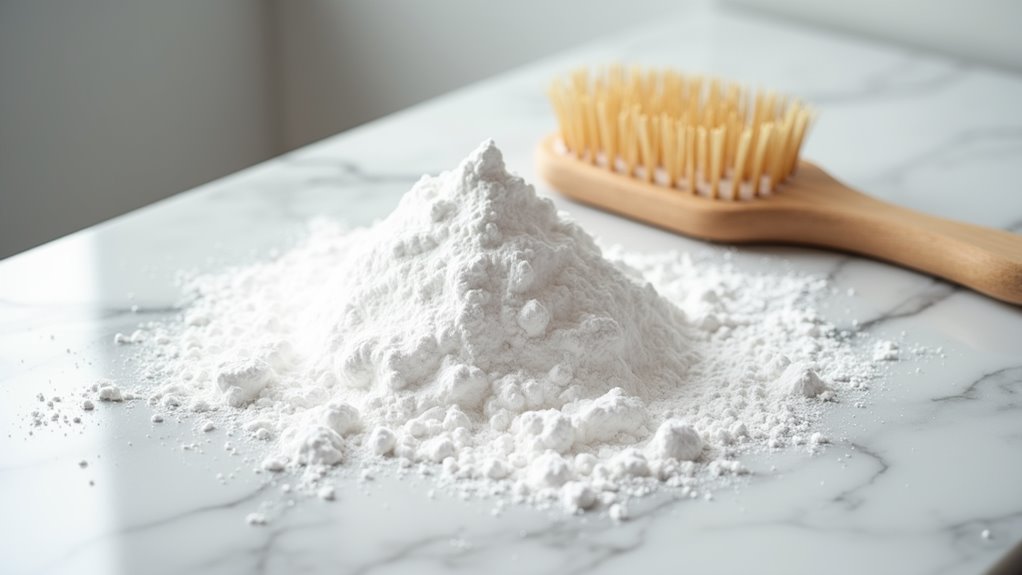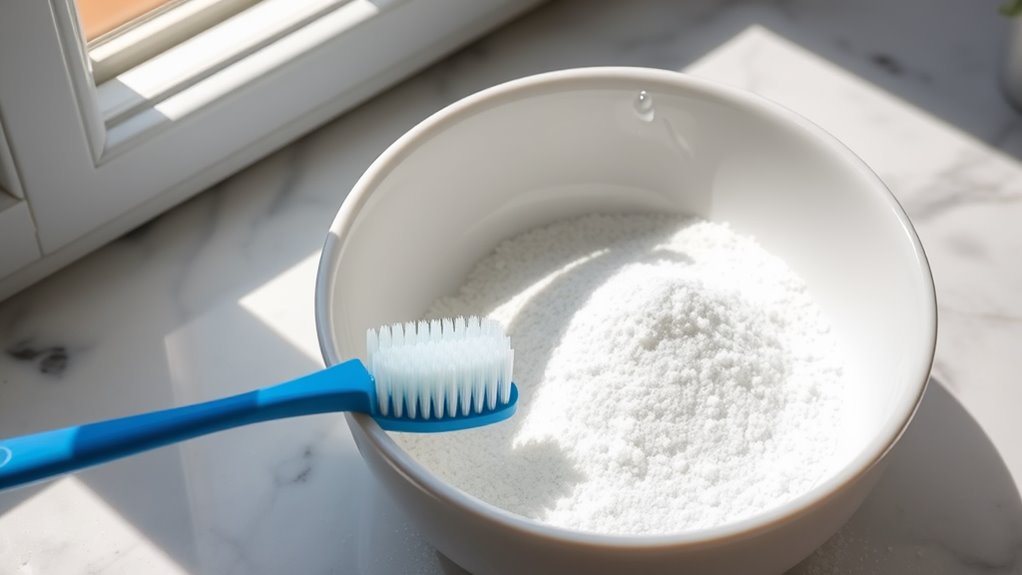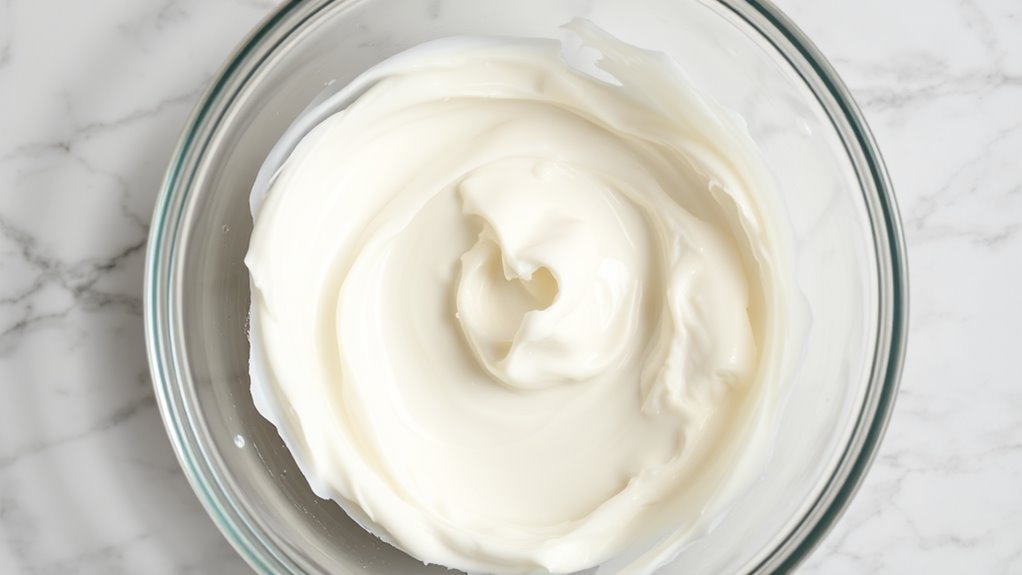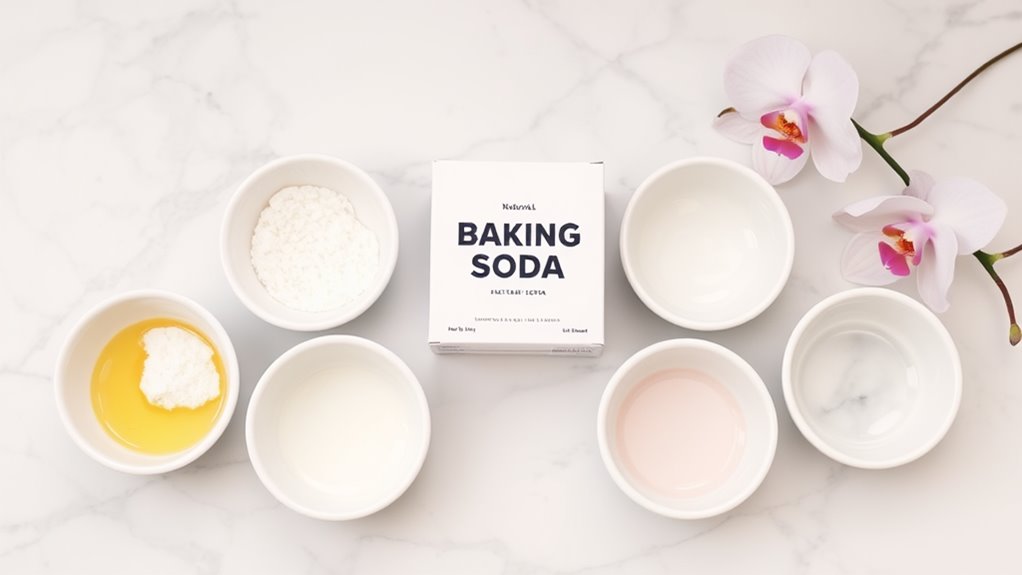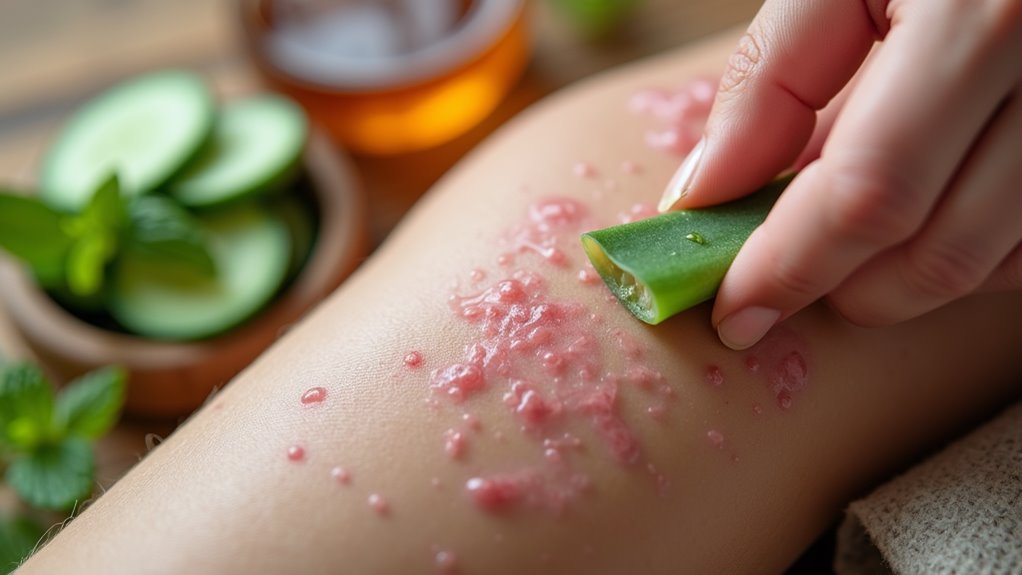This Baking Soda Face Mask Left My Skin So Smooth!
Why Baking Soda Works Wonders for Skin
While baking soda’s effectiveness as a skincare ingredient remains controversial, its alkaline properties can help balance your skin’s pH levels and provide gentle exfoliation.
When you apply a baking soda face mask, its fine granules work to remove dead skin cells and unclog pores. The compound’s mild antiseptic and anti-inflammatory properties may help reduce acne-causing bacteria and soothe irritated skin. Additionally, baking soda’s oil absorption capabilities allow it to effectively manage excess oil without excessively drying the skin.
However, dermatologists caution against frequent use, as baking soda’s high pH level (around 9) can disrupt your skin’s natural acid mantle, potentially leading to dryness and irritation. It’s essential to perform a patch test and limit application to once weekly.
Essential Ingredients and Tools You’ll Need
Just three basic items are needed to create an effective baking soda face mask: pure baking soda, clean water, and a non-metallic mixing bowl.
Ensure your baking soda is aluminum-free and labeled as sodium bicarbonate without additional ingredients. Filtered or distilled water is preferable to tap water, as it contains fewer impurities.
Choose a glass, ceramic, or plastic mixing bowl, as metal can react with the baking soda and alter its properties.
You’ll also need a measuring spoon for precise portions and a soft spatula for mixing.
Keep a clean washcloth nearby for application and removal of the mask. Additionally, be aware that prolonged use of baking soda may lead to increased sensitivity and irritation, making it essential to monitor your skin’s reaction.
Step-by-Step Recipe and Application Guide
Now that you’ve gathered your materials, creating your baking soda face mask requires careful measurements and proper mixing technique.
Combine 2 tablespoons of baking soda with 1 tablespoon of filtered water in a small glass bowl. Mix until you’ve formed a smooth paste, ensuring no clumps remain.
Cleanse your face thoroughly and pat dry. Using clean fingertips, apply the mixture evenly across your face, avoiding the eye area.
Don’t scrub – gentle circular motions will suffice. Leave the mask on for no more than 5-10 minutes, as baking soda’s alkaline properties(potentially leading to dryness and irritation) can irritate sensitive skin. Rinse thoroughly with lukewarm water.
My Personal Experience and Results
Testing this baking soda face mask over a two-week period revealed both benefits and drawbacks. After the first application, you’ll notice immediate smoothness and a brighter complexion. However, by day three, mild redness and tingling may occur due to the mask’s alkaline nature. Weekly use showed improved texture and reduced blackheads, especially around the T-zone. But be cautious – excessive use can disrupt your skin’s pH balance and natural barrier. Some users may experience dryness or sensitivity. It’s essential to follow the recommended frequency (1-2 times per week) and always perform a patch test before full application. Additionally, the mask’s natural antibacterial properties help combat breakouts, enhancing overall results.
Tips and Safety Precautions to Consider
While baking soda face masks can provide exfoliating benefits, proper safety measures are crucial to prevent skin damage.
Don’t apply the mask more than once per week, as overuse can disrupt your skin’s pH balance. Always perform a patch test 24 hours before full application to check for adverse reactions.
If you have sensitive skin, rosacea, or active acne, it’s best to avoid baking soda masks entirely.
Never leave the mixture on for more than 5 minutes, and immediately rinse with lukewarm water if you experience burning or stinging. Baking soda can create a mild antiseptic solution that helps reduce inflammation, making it important to follow guidelines carefully.
Follow up with a moisturizer to restore hydration and protect your skin barrier.
